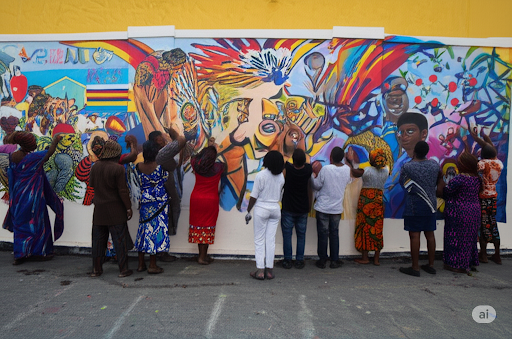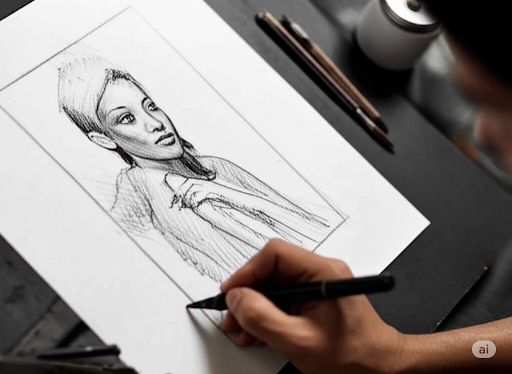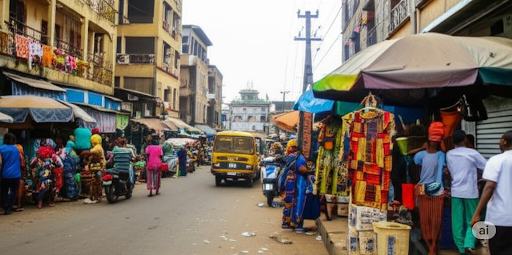Building Bridges Through Art in Nigeria

As President of the Guild of Professional Fine Artists Nigeria (GPAFAN) and director of One Draw Gallery, I see firsthand the incredible talent and potential within our artistic community. However, I also recognize the challenges that exist in fostering a thriving and sustainable art ecosystem in Nigeria. One of my core beliefs is that art has the power to build bridges – between cultures, between individuals, and between the past and the present. It can serve as a powerful tool for social commentary, for preserving our heritage, and for inspiring future generations. Through GPAFAN, we strive to create a supportive network for artists, providing opportunities for exhibition, collaboration, and professional development. One Draw Gallery serves as a space where these creative dialogues can flourish and where the public can engage with the diverse voices of Nigerian contemporary art. Building a strong art community requires collaboration and a shared vision. It’s about creating platforms for emerging artists, celebrating the achievements of established ones, and fostering a greater appreciation for the vital role that art plays in our society. It is my hope that through continued effort and dedication, we can further elevate Nigerian art on the global stage and ensure its lasting legacy.
The Enduring Power of Drawing

In a world increasingly dominated by digital media and large-scale installations, there’s a quiet power in the fundamental act of drawing. It’s a direct connection between the artist’s hand, their eye, and the surface upon which they create. For me, drawing is not just a preliminary sketch; it’s a foundational discipline and often a final expression in itself. There’s an intimacy in the marks made by charcoal or pencil. Each line carries weight, intention, and the unique energy of the moment it was created. Unlike the often-slick surfaces of modern technologies, drawing on paper has a tactile quality, a rawness that speaks directly to the viewer. Through drawing, I explore form, light, and shadow with an immediacy that other mediums sometimes lack. It allows for a level of nuanced observation and a direct translation of what I see and feel. Whether it’s capturing the subtle contours of a human face or the dynamic energy of a market scene, drawing remains an essential tool for understanding and interpreting the world around me. It’s a timeless language that continues to resonate, proving that in simplicity, there is often immense power and beauty.
Finding the Sacred in the Everyday

As an artist living and working in the vibrant chaos of Lagos, I am constantly bombarded with visual stimuli. From the bustling markets to the serene moments of everyday life, there is an inexhaustible source of inspiration. However, it’s not just about seeing; it’s about truly observing. I’ve often found that the most profound beauty lies in the mundane, in the moments we often overlook. A woman carrying her wares with graceful strength, the intricate patterns of fabrics in the market, the way sunlight filters through the leaves of a familiar tree – these are the fleeting moments that capture my attention and find their way onto my canvas or paper. For me, art is a process of seeking the sacred within the everyday. It’s about elevating these seemingly ordinary moments, highlighting the dignity and inherent beauty I see in the people and places around me. It’s about slowing down, truly looking, and appreciating the rich tapestry of life that unfolds in every single day. This act of observation and translation is at the heart of my creative practice, and it’s a practice I believe can enrich all of our lives if we take the time to engage with it.
